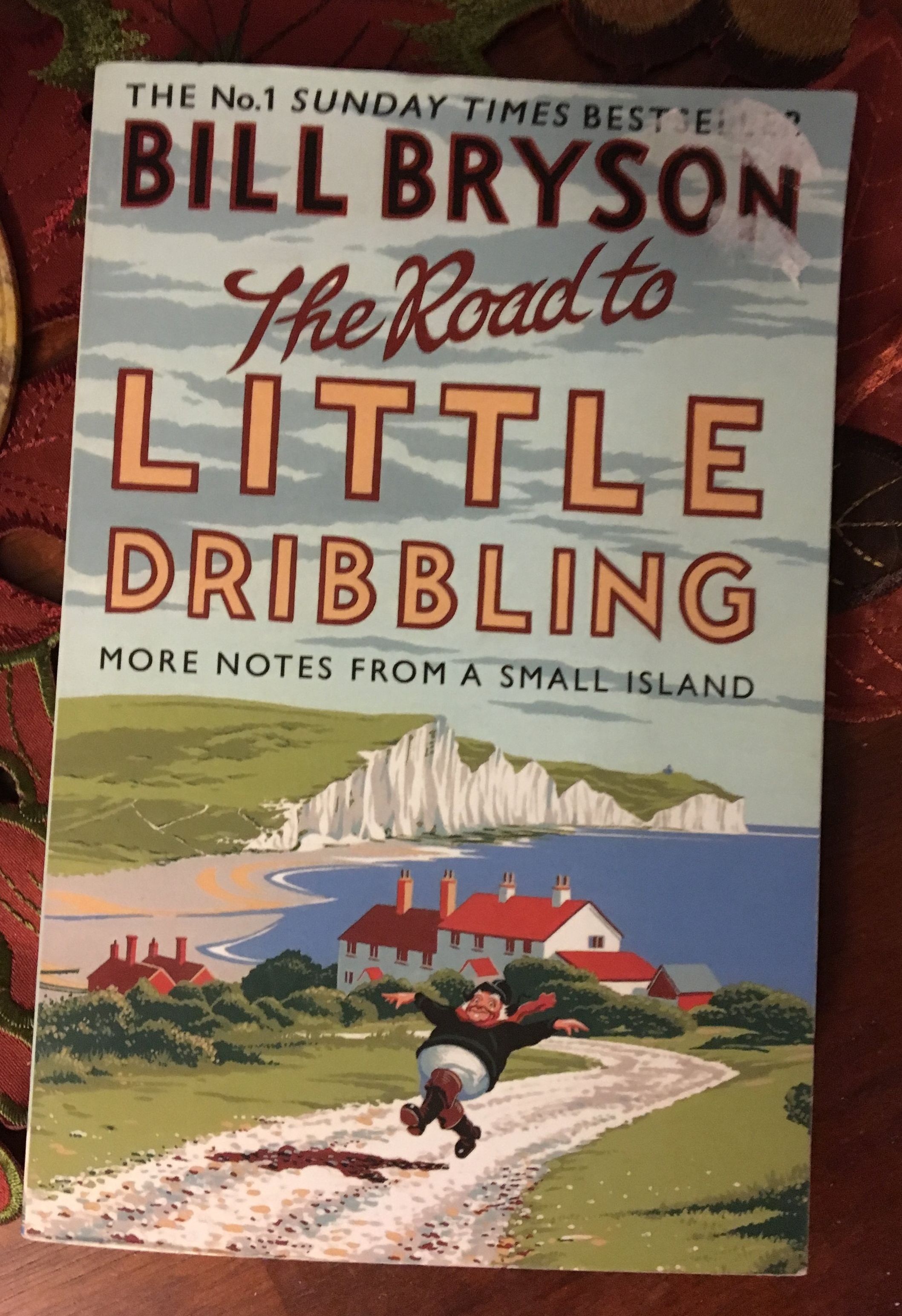The best book I read this month was a work of fiction: The Good People by Hannah Kent. Having read and loved Kent's Burial Rites (about a young woman accused of murder in 1829 Iceland), I was eager to read Kent's next book. It's been four years between books, but it was worth the wait.
The Good People is set in Ireland in the 1820s, and it focuses on three woman: a woman caring for her disabled grandson, the girl she hires to help, and the local healer. The story focuses on women--these three and the other women in their town in County Kerry. The men in the story are on the periphery, and on the whole are not as fully developed as characters as the women are.
I read the book quickly--it was an engaging read--but it stuck with me. It's not a happy story, but it is a rich one. There is much to unpack about superstition, grief, and society's views/treatment of women. Two days later, I was still thinking about it. Even now, more than two weeks after I finished it, bits and pieces still come back to me in odd moments. This is definitely a book I want to reread someday.




